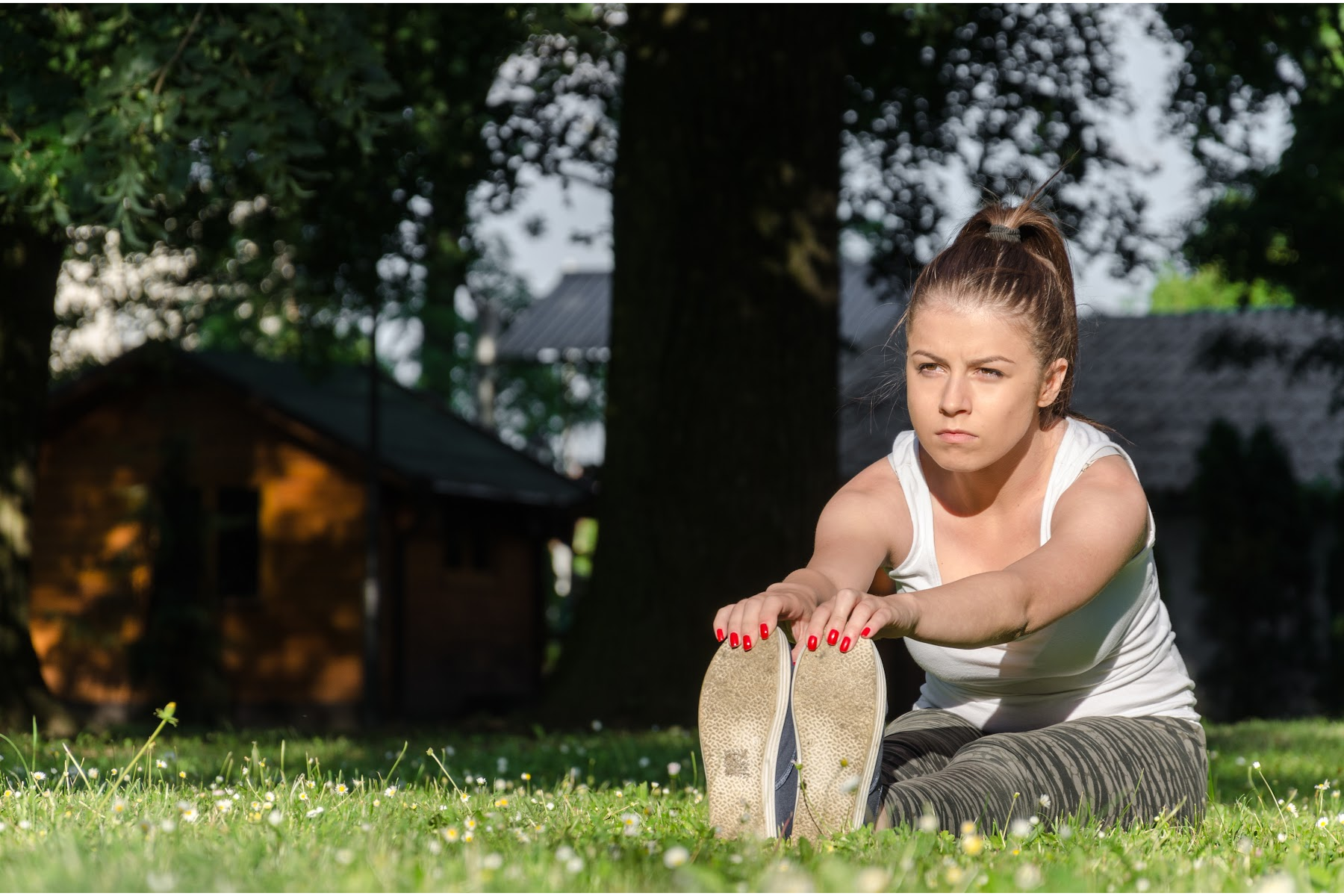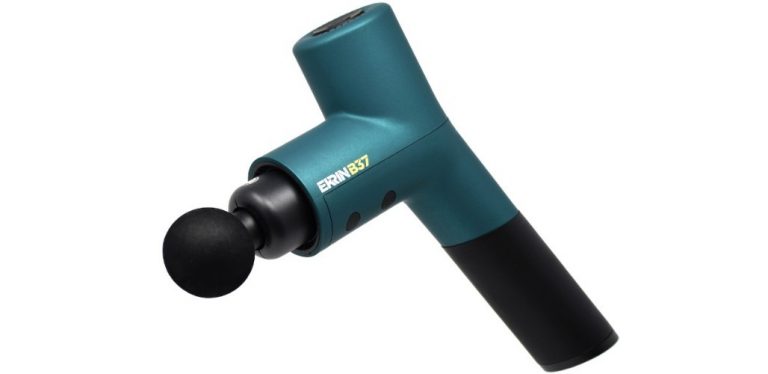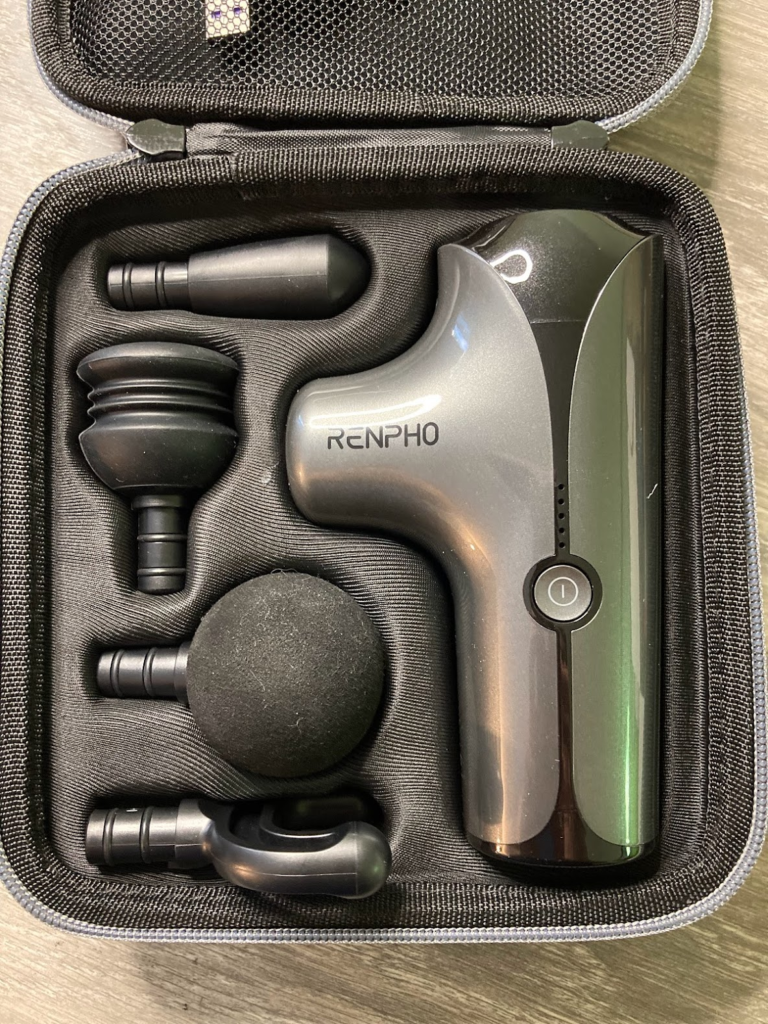Can Massage Gun Help With Tight Hamstrings

Tight muscles can represent a barrier to full and smooth body mechanics, and even more so for those who regularly perform physical activity, as this prevents them to reach a full range of motion and can potentially lead to injury.
In particular, a tight hamstring muscle affects a great percentage of the population as they are a discomfort caused by fairly common activities. Hamstrings are, in fact, a very important muscle as they support many regular motions, like walking, jumping, sitting, and jogging, and their malfunction can result in improper movement patterns and soft tissue damage. It is, therefore, important to take care of it when it gets tight to prevent irritation and sore muscles.
In this article, we will discuss how to detect stiff hamstrings, what can cause them to get tight, and if a massage gun and deep tissue massage can be valuable options to release tightness and relieve your hamstring muscles.
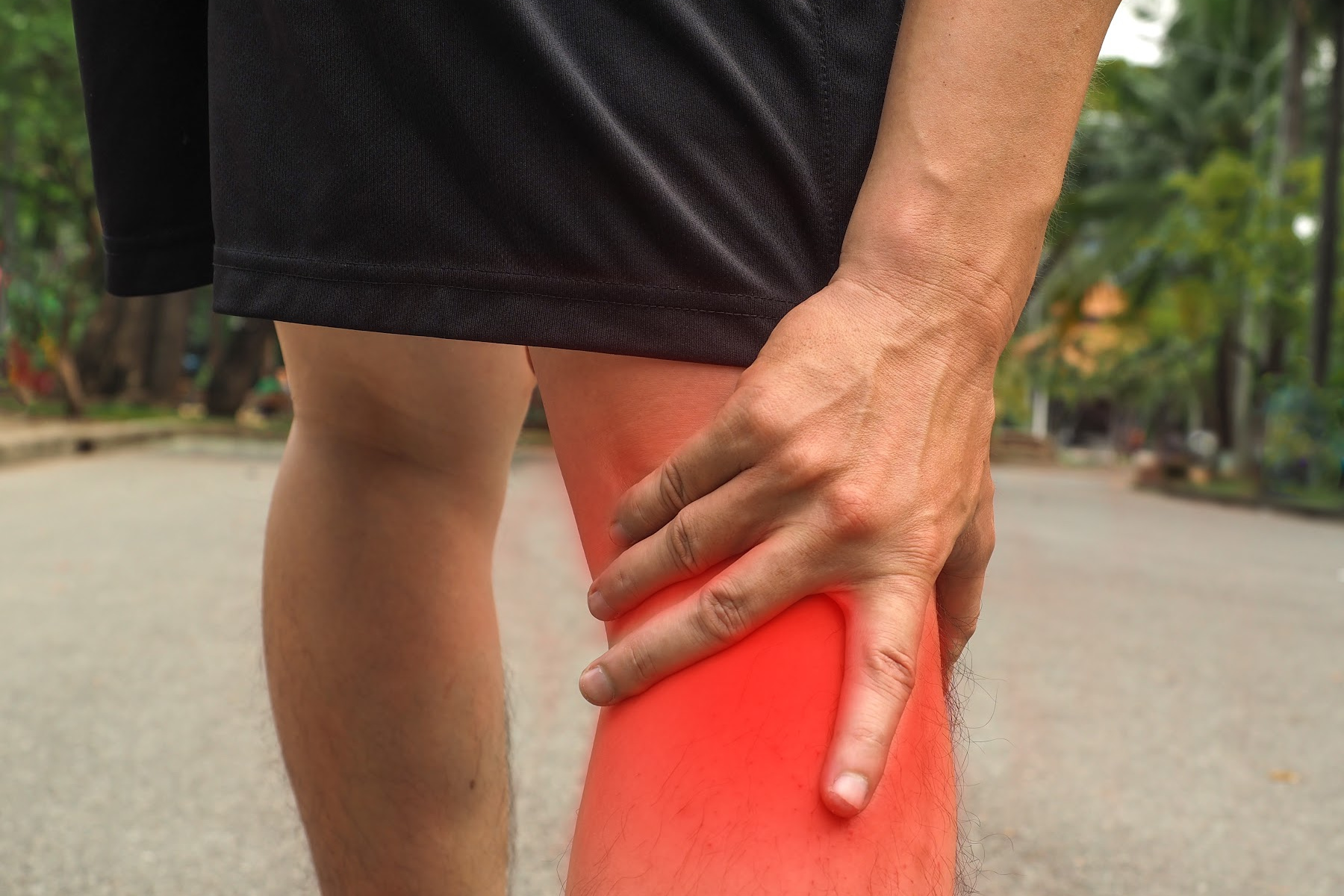
Tight Hamstrings: Symptoms and Common Causes
How do I Know if my Hamstrings are Stiff?
This may sound like common sense, but many people don’t realize they have tight hamstrings until they develop other pains or injuries, like chronic lower back pain. Usually, people with tight hamstrings may display the following symptoms, depending on the cause of the stiffness:
Local redness, bruising or swelling
Local pain
Hamstring cramping
Tissues tenderness
Low back pain
Calf pain
If any of the above symptoms occurs and persists over time, it is recommended to get checked by a medical professional to establish the root cause and receive appropriate treatment.

What Causes Your Hamstrings to Tighten?
As previously mentioned, hamstrings enable us to perform many basic movements that we naturally do on a daily basis. Therefore it is a muscle that we use fairly often, even without realizing it. The main reasons why you may have tight hamstrings include:
Sitting down too much
Exercise
Soft tissues injury affects muscles, nerves, and ligaments
Weak hip flexors
Knee pain and injuries
Weak hamstrings
All these are stressors for the hamstrings and can lead to the formation of fibrous adhesions on the latter, thus further increasing tightness and preventing them from lengthening to their full potential. Ultimately, if left untreated, stiff hamstrings can lead to lowered muscular strength and decreased range of motion.
If you play sports or like to exercise, having a tight hamstring can impair your performance and heighten the risk of injuries, especially for those undertaking activities that involve jumping and sprinting. Particularly, hamstrings, along with the quadriceps, work as knee stabilizers, so anything affecting their full spectrum of actions can also have repercussions on this joint.
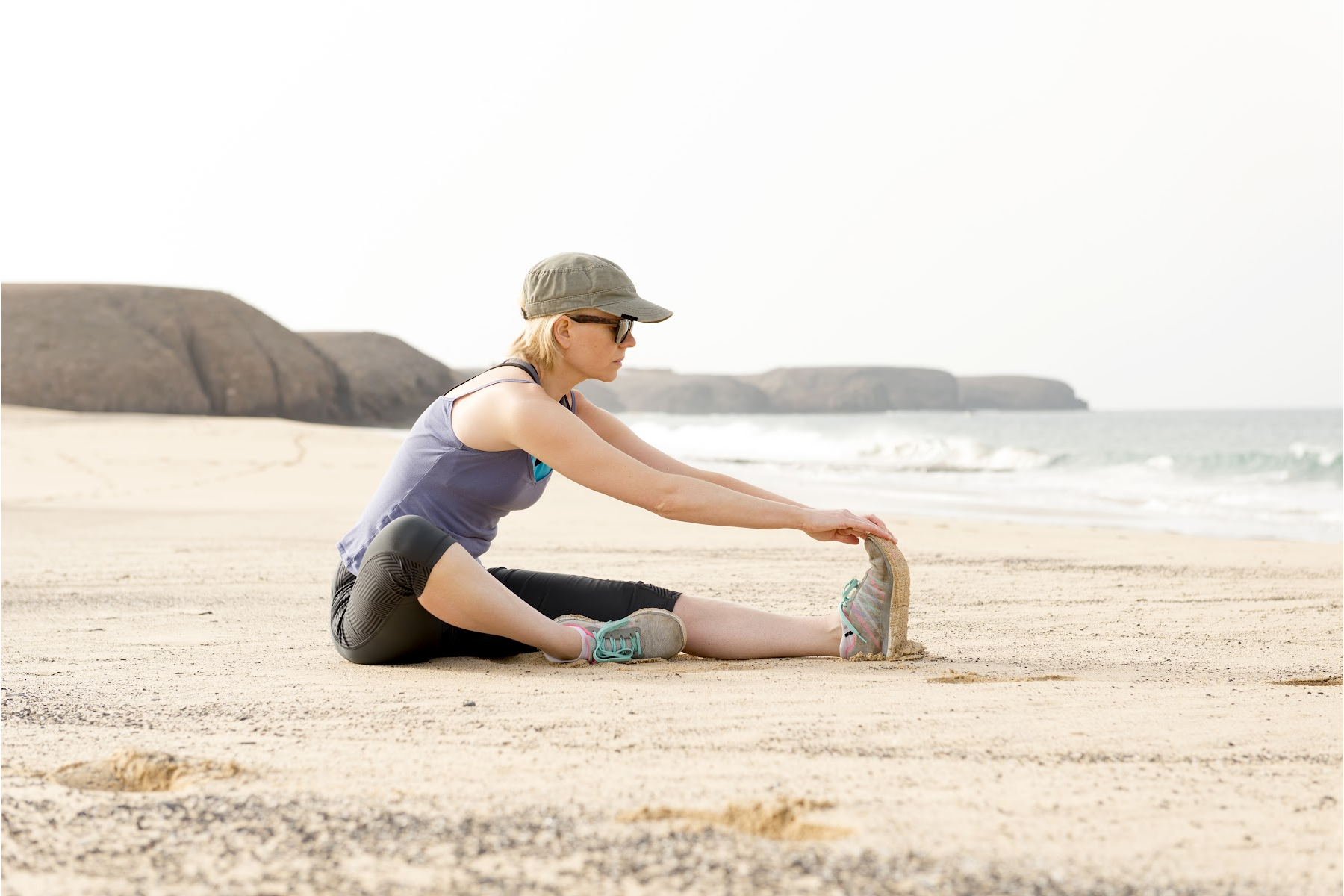
Using a Massage Gun for Tight Hamstrings
In recent years, there’s been an increase in the popularity of massage guns as a way to treat muscle pain and tightness. This is likely due to the number of benefits they offer, including:
• Ease of use – they are easy to use and can be incorporated into your regular routine with little effort.
• Effectiveness – they are incredibly effective at relieving tension and pain in the muscles.
• Convenience – unlike traditional massages, you don’t need a special location or someone else to help you with a massage gun. You can use it anywhere and at any time.
If you’re looking for an easy and convenient way to relieve muscle pain and tension, a massage gun may be the perfect solution for you. But to determine whether or not a massage gun is the right tool to use for your tight hamstrings, we’ll need to take a closer look.
Massage Guns: Can They Help Reduce Tightness?
The answer to this question is.. it depends.
I know this is not the type of answer you were expecting, but it does indeed depend on the root cause behind the hamstring being tight.
In order to understand why there is no net answer to this question, it is important to first know how massage guns work.
Massage guns exert a percussive force on the tissues, with different intensity levels that can be modulated by the user. They also offer different attachment heads, each aimed at different body areas and uses.
When the force is applied to the skin, the vibration of the gun penetrates the soft tissues around the treated area, stimulating local lymph and blood flow and thus increasing temperature in the muscles. Percussive therapy was found to stimulate the reflexes of the muscle spindles too, which are proprioception organs.
This suggests that the use of a massage gun could also reduce the incidence of injury through increased proprioception activity.
However, if soft tissue is already injured, any type of massage can potentially worsen the problem if not performed correctly, as rather than promoting healing, it can further inflame the affected area. It is, therefore, detrimental that injuries are only treated by professionals as they are aware of possible handling implications and are able to prevent further damage.
If you have a painful joint, a torn muscle, an irritated nerve, or a strained ligament, you should refrain from applying any type of force on it and only seek professional intervention.
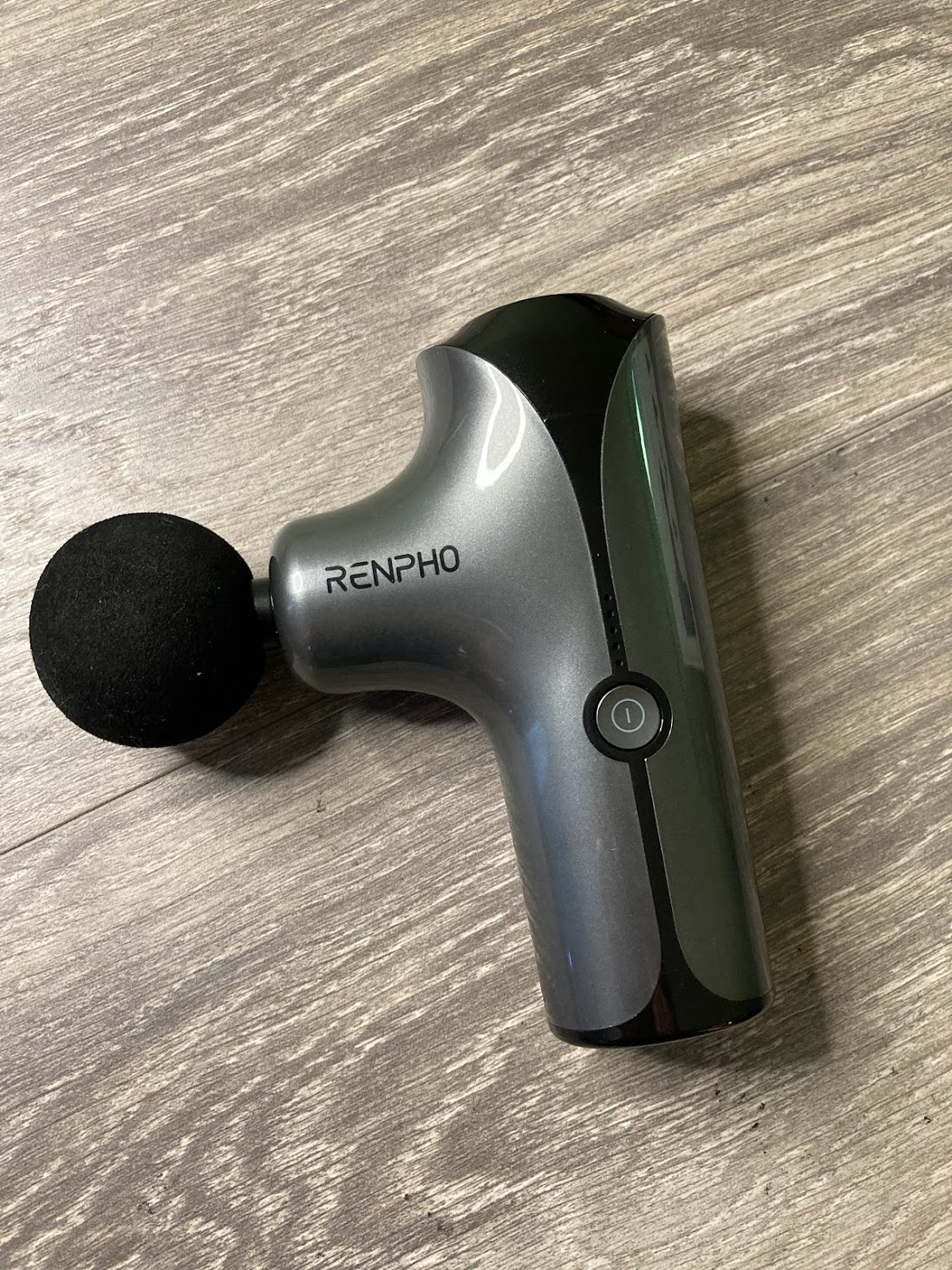
So, When Can Massage Guns Help You Release Tight Hamstrings?
Like regular massage, percussive therapy via a massage gun stimulates local blood flow, so they represent a great recovery tool for soft tissue dysfunctions. This means that if you feel like your hamstring muscles are quite tight following a training session or sitting all day at your desk and prevent you from moving freely or performing exercises correctly, you could benefit from using a massage gun to release the discomfort and restore your mobility.
Studies have also shown that self-myofascial release with hand-percussive tools increases range of motion with no decrease in muscular force, suggesting that massage guns can be a great aid for warming up your hamstring muscles and other lower limb muscles prior to a leg training session. You would need as little as 30 seconds on both sides of the muscle to improve your flexibility and range of motion.
Massage guns also were shown to prevent and reduce the intensity of delayed onset muscle soreness (DOMS) in the 72 hours following strenuous training. DOMS can also affect stiffness, so a reduction in their intensity may also mean that you might require less recovery time between heavy training sessions, hence potentially promoting faster progression in your fitness journey.
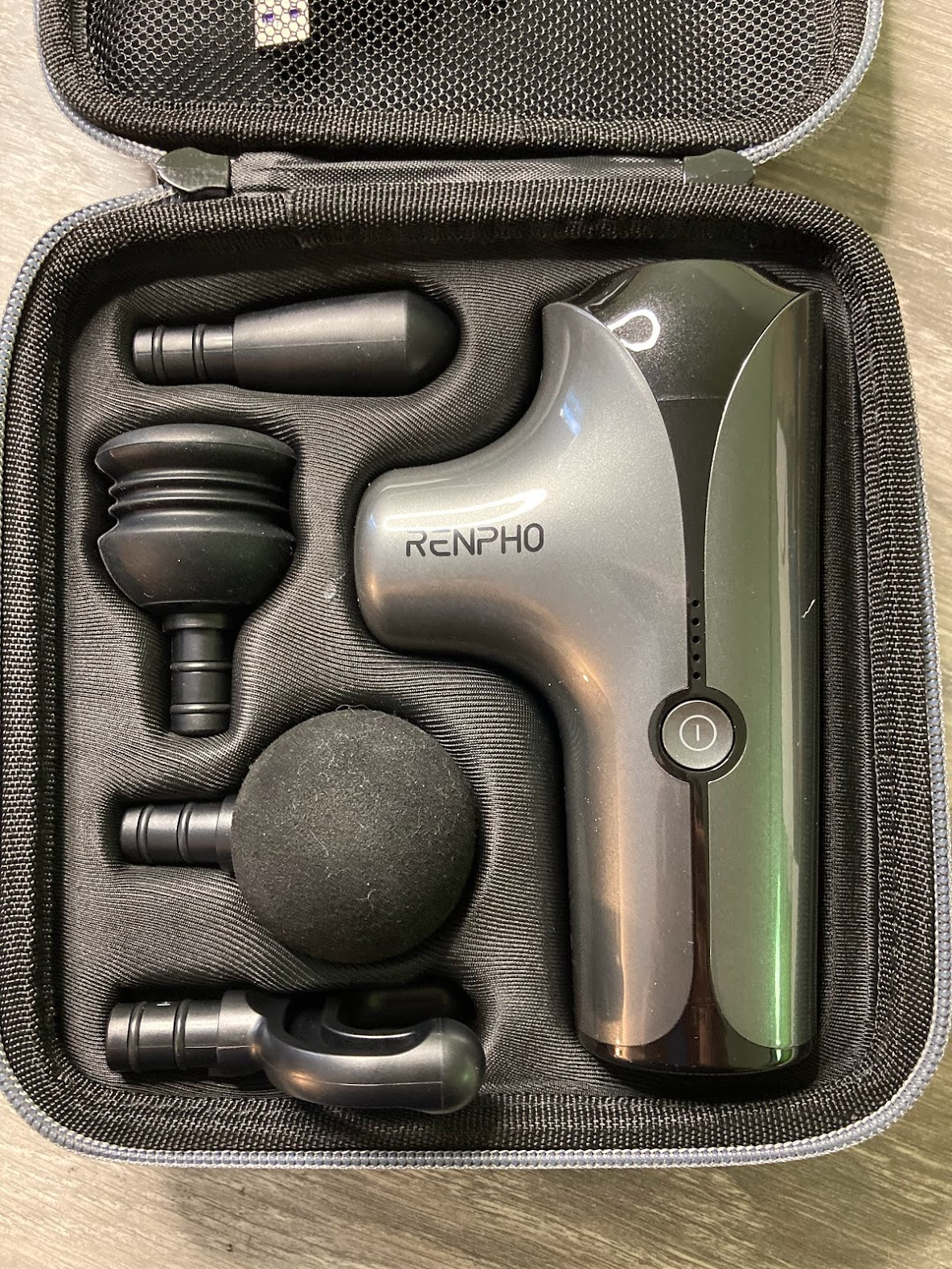
Consult with a Physician or Physical Therapist
Many people enjoy the benefits of massage therapy, whether it’s to improve circulation, reduce stress, or simply relax the body. However, if you’re looking to use a massage gun to treat tight hamstrings, you may want to consult with your primary care physician or a physical therapist beforehand.
Although massage guns are becoming more popular as a means of self-massage, there is still some risk of injury if they’re used improperly. In particular, using a massage gun on tight hamstrings can cause further damage and inflammation if the hamstrings are already injured. Instead, it’s best to consult with a professional who can help you safely and effectively use a massage gun to treat your tight hamstrings. Alternatively, if you have a hamstring injury, it’s best to consult with your primary care physician to ensure that you don’t worsen the injury to your hamstring muscle through the use of a massage gun.
If you don’t have any existing injuries, however, a massage gun can be a great way to loosen up tight muscles and improve blood circulation. Just be sure to start slowly and increase the intensity gradually over time. And always remember to drink plenty of water after using a massage gun, as this will help flush out any toxins that may have been released during the treatment.
Final Thoughts
Despite massage guns can potentially worsen already existing issues with your muscle fibers or soft tissue injuries, they represent a great tool to relieve tight hamstrings due to muscle stiffness and DOMS. They are, therefore, an ideal warm-up tool to be utilized prior to a leg day to increase range of motion and mobility and hence prevent soft tissue damage, but also as a precautionary tool to reduce muscle soreness and stiffness following your training session.
Both these mechanisms act together to potentially support faster progress and reduce the incidence of injuries by increasing local blood flow, mobility, and muscle fibers flexibility, without affecting strength levels.
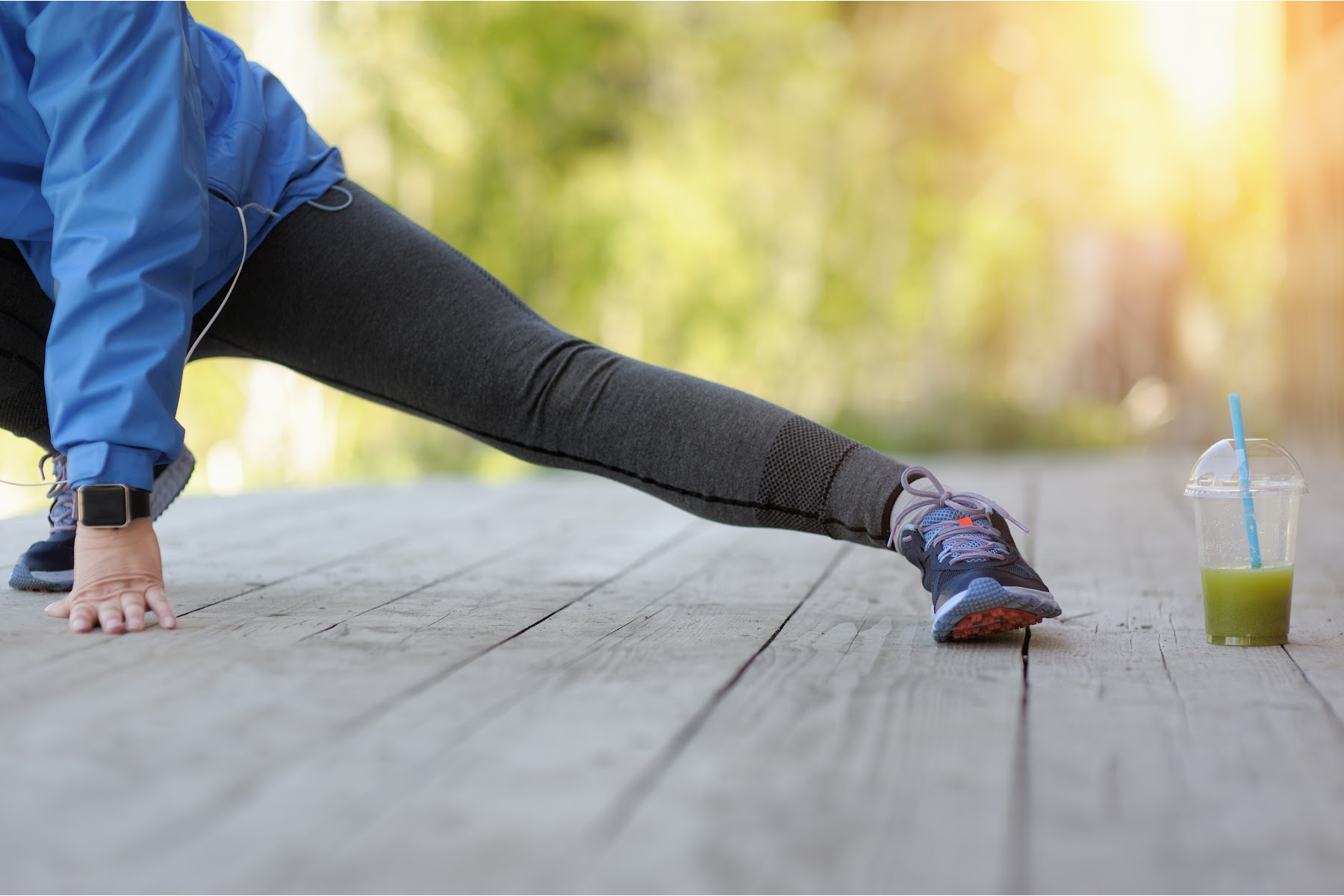
References
Alvarado, F., Valenzuela, K., Finn, A., Avila, E.L., Crussemeyer, J. and Nakajima, M., 2022. The Biomechanical Effects of Percussive Therapy Treatment on Jump Performance. International Journal of Exercise Science, 15(1), pp.994-1006.
Cash, M., 2012. Sports and remedial massage therapy. Random House.
Jung, S.H. and Park, D.S., 2021. Effects of active and passive hamstring stretching on pelvic mobility in low back pain patients. Journal of the Korean Society of Physical Medicine, 16(1), pp.49-61.
Kalichman, L. and David, C.B., 2017. Effect of self-myofascial release on myofascial pain, muscle flexibility, and strength: a narrative review. Journal of bodywork and movement therapies, 21(2), pp.446-451.
Sharma, I. and Kirton, O., 2018. Traumatic complications of inpatient massage therapy: Case report and literature review. Trauma case reports, 18, p.1.
